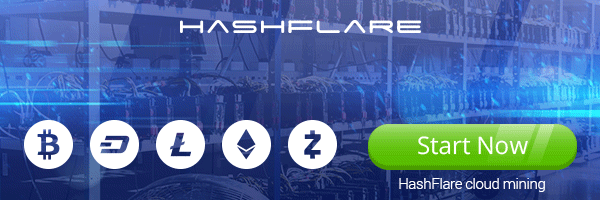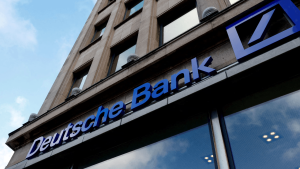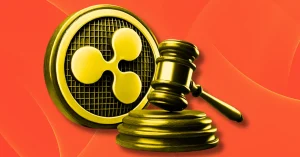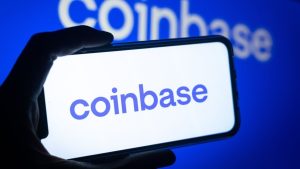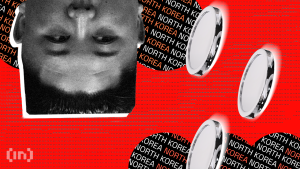Crypto Raiders explains how blockchain gaming attracts new users to Web3
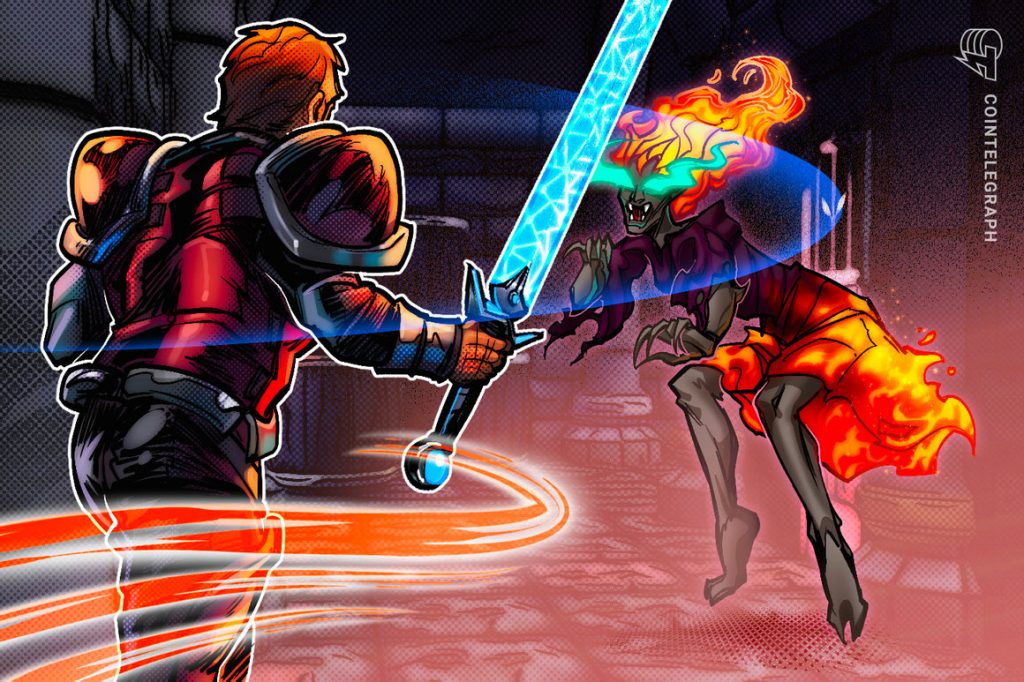
At the height of the nonfungible token (NFT) rally in 2021, Sky Mavis, the creator of Axie Infinity, rolled in like the Trojan horse and coined the term play-to-earn (P2E) for blockchain games. Axie Infinity grew in popularity after amassing a $3 billion valuation and it steadily onboarded millions into Web3. According to Axie Infinity co-founder Aleksander Larsen, roughly 50% of Axie Infinity’s daily active users (DAUs) had never had a cryptocurrency wallet until they began playing.
As a result, the Web3 ecosystem perked up at the prospect of utilizing games as a method to onboard new entrants. Despite this, most blockchain platforms, protocols and games in their current state are inherently complicated and cumbersome to navigate. However, entities are emerging to lessen the burdens and barriers of interacting in the ecosystem and onboarding prior to making the plunge into Web3.
Crypto Raiders is doing exactly that. On March 29, the project completed a $6 million seed funding round with the aim to further expand its team and marketing strategies. By pivoting from play-to-earn to play-to-own, Crypto Raiders is focusing less on financial incentives and more on the elements of fun gameplay.
The project aims to develop an environment where gamers are not solely players but asset owners. In an effort to further understand the benefits of this narrative, Cointelegraph spoke with the creators and co-founders of CryptoRaiders Nick Kreupner, David Titarenco and Matt Powell about how they are onboarding new and traditional gamers into Web3.
Cointelegraph: There seems to be controversy around the verbiage for blockchain games. How do you define and educate on “play-to-own” versus “play-to-earn?”
Nick Kreupner: When we think of play-to-earn, the word “earn” has a connotation that the game is more of a job than something for fun. Play-to-own is the revolutionary act of owning the in-game assets and in this way, it becomes something more fun and social.
David Titarenco: Yes, to piggyback off this, play-and-earn lends itself, at times, to subvert the fun of the game and focus more on extracting value.
CT: Communities tend to benefit in keeping the value within the ecosystem, almost functioning as digital nations. It also seems many NFT projects and blockchain games are adopting governance tokens but have not executed them yet. How has Crypto Raiders approached governance? What are the biggest challenges?
NK: Getting governance out the gate took us about a week after sorting the Solidity code. Deciding what a blockchain game to do is tough. There are so many opportunities for communities to vote on that are valuable without restructuring the entire game that still heavily impacts the players. For example, we opened up a vote to see what kind of potion the players wanted. We also use a governance voting protocol that enables those who hold a certain amount of the native token RAIDER or have battled a certain amount of Dungeons to vote. In this way, we know that those who are truly vested are making the decisions that ultimately, impact them the most.
DT: The biggest challenge is knowing the limits. You don’t want to democratize everything too quickly because this often allows the biggest holders to benefit the most from certain proposals. We aim to be mindful of how questions are framed and make sure that at the end of the day, it’s rooted in having fun and the best for the ecosystem.
CT: Traditional games and blockchain games seem to share an element of guild forming that have been of benefit to onboarding new entrants to Web3. Has Crypto Raiders begun to see guilds forming, and how has it impacted players and the growth of the game?
NK: We currently have over 10,000 DAUs and over 5,000 unique wallets, so we are seeing guilds forming for different aspects of the game. Usually, they are guilds specializing in player-versus-player (PVP) or farming.
DT: Yes, this becomes an element that is more social in nature than for the sole purpose of meeting a goal. Since we do not operate or intend to operate a rental/scholarship model, we push and advocate for assets to remain at a lower price to increase accessibility to the game.
NK: In fact, we have a mode where players just need to submit a username and password to gain access to the game and are not on the blockchain. Essentially, we realize new players and traditionally players are a little less risk-averse and may want to experience the game before they invest in it. We hope that in playing the game, they are empowered to want to learn more about blockchain and Web3.
Matt Powell: Yeah, as the game has grown, we see guilds closely forming large and strong bonds. One, in particular, FLAG, with 2,200 players strong that share resources among one another for raids. But, there’s a strong social aspect to Crypto Raiders beyond the game. On Twitter, you can find pictures of players all around the world, in different places battling with #RaidersInTheWild
CT: So, with less focus on the financial elements, is there any token emission in CryptoRaiders?
NK: Yes, there are two tokens: RAIDER, similar to Axie Infinity’s governance token Axie Infinity (AXS). RAIDER is the governance token of Crypto Raiders and is one that is airdropped to in-game asset owners. AURUM is in-game gold/utility, what you use to do everything in the game.
CT: Besides their in-game utility, are there any benefits to holding or earning them?
NK: As mentioned, AURUM is the in-game gold that players need to interact and transact with or within the game. We are also launching our own traveling item merchant, an in-game character traveling to buy the best in-game items and an auction house so that players are readily able to place their rarest items up for auction or sale. We aim to keep everything in-house and in-game since there are a lot of values that can flow through items. In launching our own marketplace, the 2.5% fee that would normally go to the secondary marketplace, like OpenSea, will now stay in the RAIDER ecosystem. Holding RAIDER also enables holders to be airdropped RAIDER Battle Passes that provide access to more cosmetic items.
Related: 5 NFT-based blockchain games that could soar in 2022
CT: Let’s talk about the $6 million seed round. I read that you all are allocating resources to expand the team. Can you talk more about what this means for the development of Crypto Raiders?
NK: We intend to expand our team of 24 and invest in scale-up marketing and growth, gain social reach of Twitch Streamers that allows us to go to the opposite of most NFT games. In most traditional NFT games, you are sold the NFT, then sold an NFT land and it steadily becomes something where players need to keep buying to participate. We are going to make sure that everything you need on the game is in the game, rather than needing to purchase to participate and grow.
Blockchain games have already begun to revolutionize and spark discourse around the paradigms between play-and earn and play-and-own. The models have served their purpose and have effectively onboarded many first-time users to cryptocurrency and Web3. As Web3 native platforms begin to decrease the barriers to their use, it increases the accessibility and inclusivity of the technology, allowing those who would turn a blind eye to lean in.
The views and opinions expressed here are solely those of the author and do not necessarily reflect the views of Cointelegraph.com. Every investment and trading move involves risk, you should conduct your own research when making a decision.


